With large loads of data comes the need for storage and processing. With efficient data processing and storage comes valuable insight into proper decision-making, which is why companies, organizations, or institutions invest value in databases for data storage and processing.
Usually, databases are a pathway to enhancing data processes, thus properly streamlining business operations. Databases have many advantages, including running large sets of data more efficiently. Before we dive deeper into the specifics of this article, i.e., relational vs non-relational databases, let’s first develop the foundation of understanding what a database is.
What is a database?
A database can be defined as a range or set of connected data organized in a way that allows proper storage, access, and even modification at any given instance in time. The databases are a central backbone that holds and helps manage system or organization data. It is like a powerhouse that controls all the data-related operations and functions within an organization. It is also essential to understand the properties of a good database, which are not limited to data integration and productivity but stretch to consistency, among many others.
What are relational and non-relational databases?
Understanding the kind of database to use in any development project is among the critical considerations in the first run. It, therefore, needs a proper understanding of the concepts behind relational and non-relational databases. Understanding the two is essential as it helps you become more specific with all the project requirements. It will also help you dive into the right solutions for your project.
Relational databases support data storage in a structured table-based manner. With tabling in this kind of database, there remain clear linkages between data, thus enhancing accessibility and support to relations within the database.
On the other hand, non-relational databases use an entirely different approach to store semi-structured data. With these kinds of databases, no rigid structures are applied and thus provide support for dynamic data storage. It thus means that non-relational databases support dynamic schemas for unstructured data processing.
From the foundational description of the two, you can understand that databases work under diverse structures. With relational databases, the central area of focus is the data definition and manipulation through database schemas. On the other hand, the non-relational counterparts support processing any data type without necessarily having to tweak the database architecture. Therefore, this proves the flexible aspect that comes with non-relational databases.
A distinctive aspect of relational databases is their ability to store data in tables through rows and columns. Using tables, relational databases present and display data intuitively and straightforwardly. It also supports the smooth creation of form relations concerning specific database entities. It is essential to understand that most relational databases often use Structured Query Language and thus the common name assigned to them – SQL Databases.
Since only some data can be stored in tables, non-relational databases are the most viable option. They support all sorts of databases that may have no traditional syntax or relational structure integrated into them. However, the database uses Structured Query Language along with Unstructured Query Language.
Relational and Non-Relational Databases – Pros and Cons
Understanding the advantages and disadvantages linked to the two kinds of databases is critical in establishing the distinctions between them. It is a measurable entity that will help you establish the choice of database that fits all the project requirements. With such an understanding, it is automatic that you will remain business-specific with an appropriate database choice. It might seem unattainable at the first stage of choosing the kind of database to use. However, the pros and cons of relational and non-relational databases will help you make a proper choice.
Pros – Relational Databases
Databases have collective advantages, and each database will always try to achieve such pros. The following are some of the benefits associated with relational database usage:
-
Simple and straightforward
You will always enjoy the simplicity and straightforwardness of using relational databases. Relational databases align themselves to a simple and predefined schema structure. Therefore, database users at different levels won’t experience difficulties architecturally since it supports using the simple structured query language.
-
Data Accuracy
Among the critical measures of database efficiency is its ability to achieve data accuracy. Relational databases have an all-time high level of database accuracy. Therefore, there are few cases of data accuracy associated with relational databases. Importantly, by migrating from Oracle to MySQL, businesses can maintain high levels of data accuracy while benefiting from the flexibility of different database systems.
-
Compliance with ACID properties
Among the significant characteristics of databases are the ACID properties. Relational databases achieve ACID properties to a greater extent, thus making them better options in dominant market ranks. Relational databases try to attain such database standards to achieve a high level of reliability for database transactions.
-
Security
Another critical measure of the powerfulness of a database is its security. With the table-based approach in relational databases, achieving a high level of security through restricted access to confidential data at different levels is more effortless.
Cons – Relational Databases
-
Low scalability
Relational databases suffer low scalability levels since the strict consistency requirements significantly affect horizontal scaling. On the other hand, relational databases come with restrictions and limits on vertical scaling. Scaling in these kinds of databases has a heavy reliance on supported software.
-
Rigidity
A better database should be flexible enough to accommodate all the needs of its users. Relational databases suffer rigidity in schemas, making implementing a few tweaks to the data structure complex. Such makes these databases unsuitable for large amounts of data with no proper structure.
Non –Relational Databases – Pros
-
Flexibility
Non-relational databases are flexible enough to combine, manage, process, and store data. Flexibility makes these kinds of databases more unique and applies to dynamic schemas for unstructured data.
-
Maintenance
From setting them up for use in projects to maintaining them, non-relational databases present an easier time to the users. The databases support faster development, resulting in fewer errors – all this thanks to their more significant support for mapping the data structure to a wide range of programming languages.
-
Scaling
While the relational counterparts suffer issues with scaling, the non-relational databases are a proper fit when there is a greater need for scaling. Therefore, non-relational databases achieve a high level of horizontal scaling, allowing the users to easily accommodate, store, and even manage extensive data sets while maintaining low costs simultaneously.
Non-relational databases – Cons
While non-relational databases shine in flexibility and scalability, they suffer data integrity in different aspects. The databases’ integrity solely depends on the relationships built between the elements. With a low level of integrity in these databases, users will likely experience low accuracy, completeness, and even data reliability.
Non-relational databases also suffer consistency as has no predefined measures to contain data redundancy.
Examples of crucial relational and non-relational databases
The common relational databases include MySQL, PostgreSQL, SQLite, and Microsoft SQL Server. The non-relational ones include MongoDB, Redis, and DynamoDB, among other vital non-relational databases.
Conclusion
The choice of the kind of database to use for your project solely depends on a good number of considerations – their purpose, pros, and cons, among other related concerns. It is, therefore, essential to understand the project you are working on, establish the critical features of relational and non-relational databases, and then weigh them along with all your project requirements. Even with that in mind, it is essential to understand that a good database fit for a project should at least achieve all the characteristics associated with databases.
To know more connect with our database development company : Aalpha information systems!
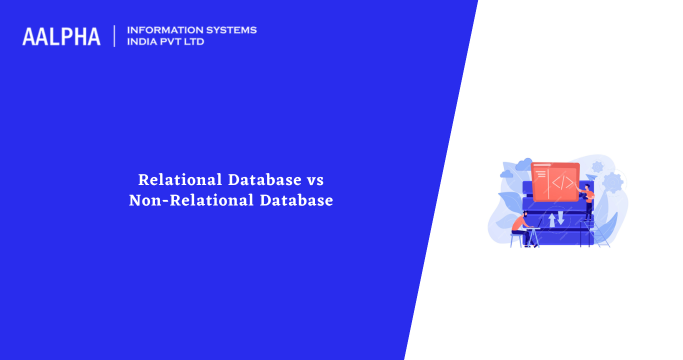

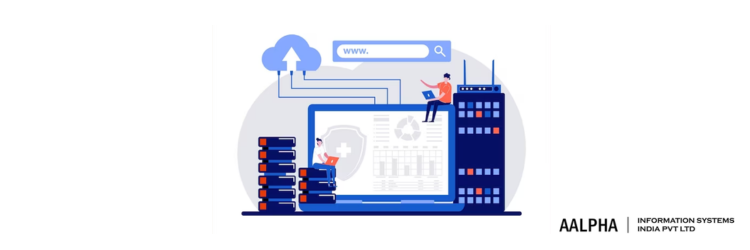
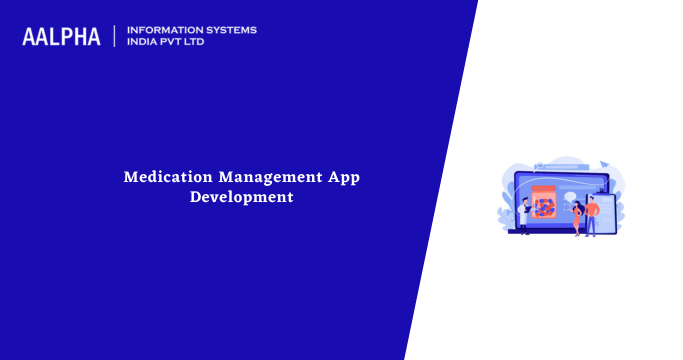
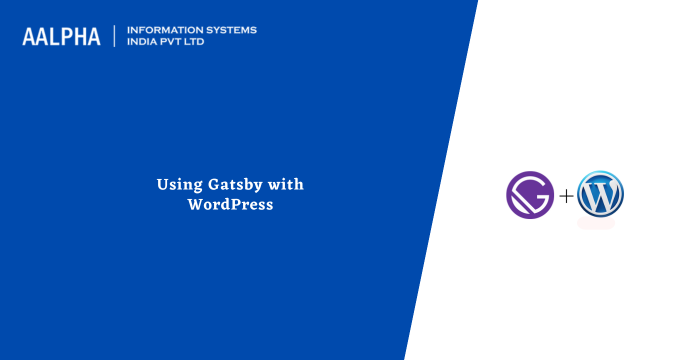
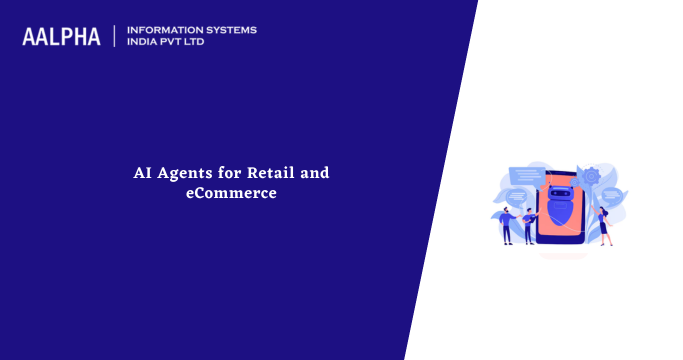
Share This Article:
Written by:
Pawan Pawar, CEO
CEO -Founder of Aalpha Information Systems India Pvt. Ltd., with 18+ years in software development. I've worked with startups to enterprises, mastering diverse tech skills. Passionate about bridging the gap between vision and reality, my team and I craft customized software solutions to empower businesses. Through this blog, I share insights, industry trends, and expert advice to navigate the ever-evolving tech landscape. Let's unlock the potential of technology and propel your business to new heights. Connect with me on LinkedIn.
CEO -Founder of Aalpha Information Systems India Pvt. Ltd., with 18+ years in software development. I've worked with startups to enterprises, mastering diverse tech skills. Passionate about bridging the gap between vision and reality, my team and I craft customized software solutions to empower businesses. Through this blog, I share insights, industry trends, and expert advice to navigate the ever-evolving tech landscape. Let's unlock the potential of technology and propel your business to new heights. Connect with me on LinkedIn.